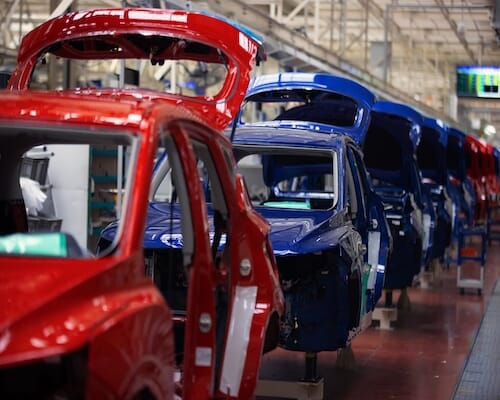
Which Type of Air Compressor is Best for Your Application?
July 12, 2023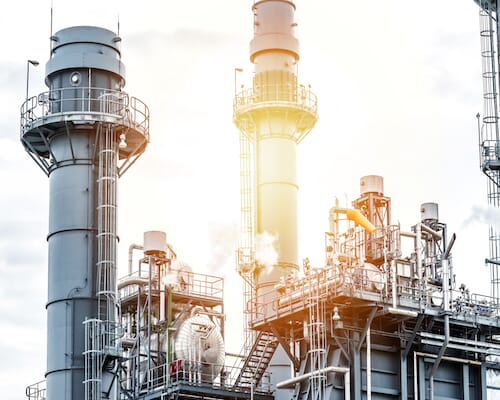
Hot Weather Impacts on Air Compressor Systems
July 26, 2023Eight Myths Debunked about Industrial Rotary Screw Air Compressors
Kaishan USA | July 19, 2023 | Uncategorized
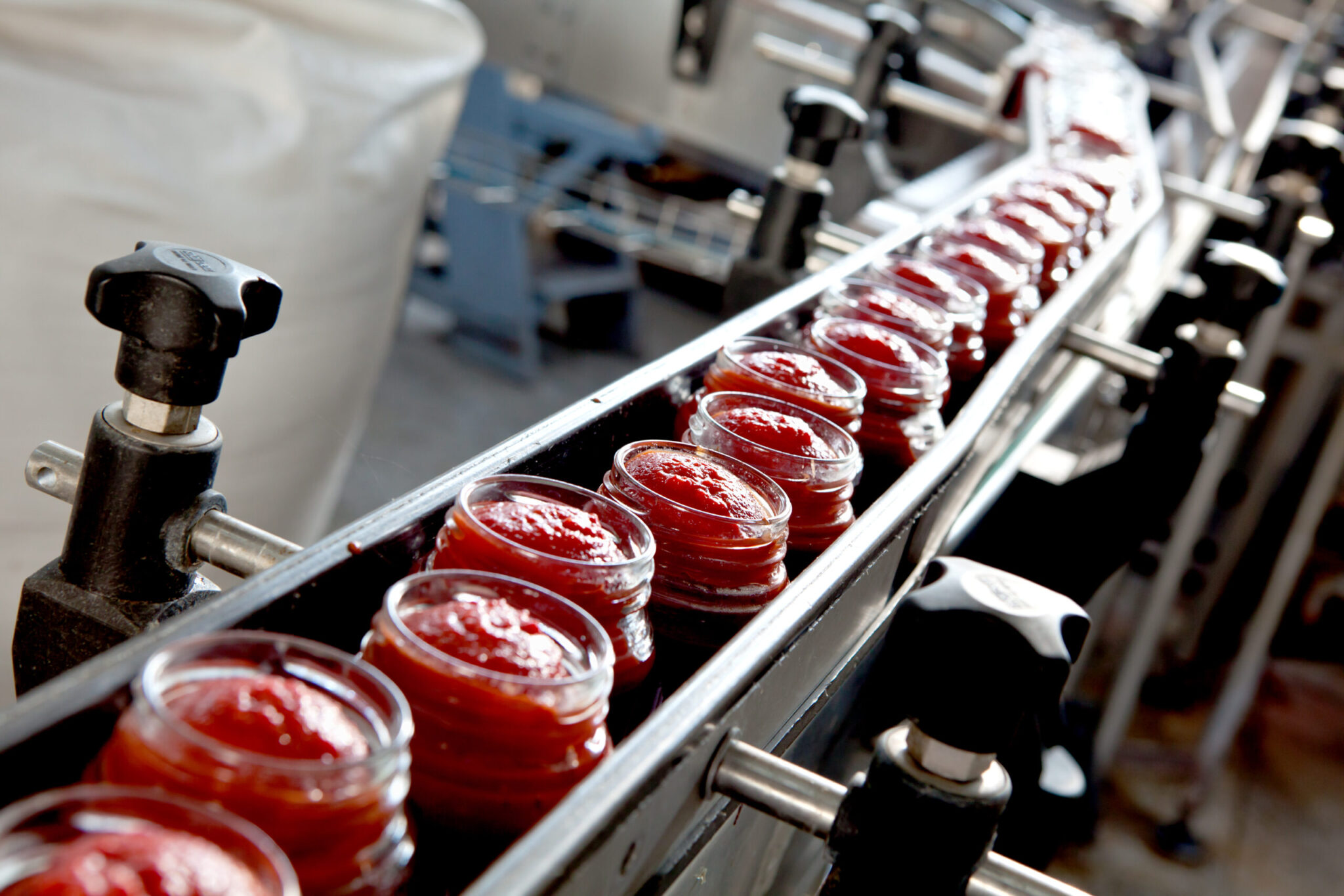
You should use oil-free compressed air in any application where there is direct contact with food. But there are many other food packaging and handling applications where an oil-lubricated compressor would be the best power source.
Over the years, we have found that certain false assumptions about compressors and compressed air systems persist and grow even stronger. Some have a basis in fact, but others are flat-out wrong, no matter how you slice it. A few are even dangerous.
So we’d like to take this opportunity to debunk a few more common ones. And explain what you need to know in each instance.
Myth No. 1. Pressure Is the Only Thing That Matters
Pressure is important, but it’s not the only thing. Any application served by your compressed air system needs two things to accomplish its task.
First, it needs enough pressure to accomplish its task. That’s the PSIG.
And second, it needs enough flow, measured in CFM, to deliver the energy you need for the tool to accomplish its task at that pressure.
If there’s not enough pressure, the tool won’t work. But if there’s too much, it probably will break.
And, with flow, if you don’t have enough (CFM), it will cause a drop in pressure, which means the task will go more slowly, potentially damaging the work product.
So, it’s true, you do have to pay attention to pressure. But flow is just as important.
Myth No. 2. If You Have to Run at Partial Loads, You Need Variable Speed Drive
Variable speed drives (VSDs) are like your car’s cruise control. They adjust your compressor’s power levels, varying the RPM of the compressor to match the required flow of the system—trying to keep pressure constant. In that way, they are helpful at partial loads.
But they are sensitive to heat, moisture, dirty environments and conductive materials. As a result, we sometimes do not recommend VSDs because the environmental conditions are too harsh to ensure trouble-free operation. Flow control is an asset, with or without VSDs.
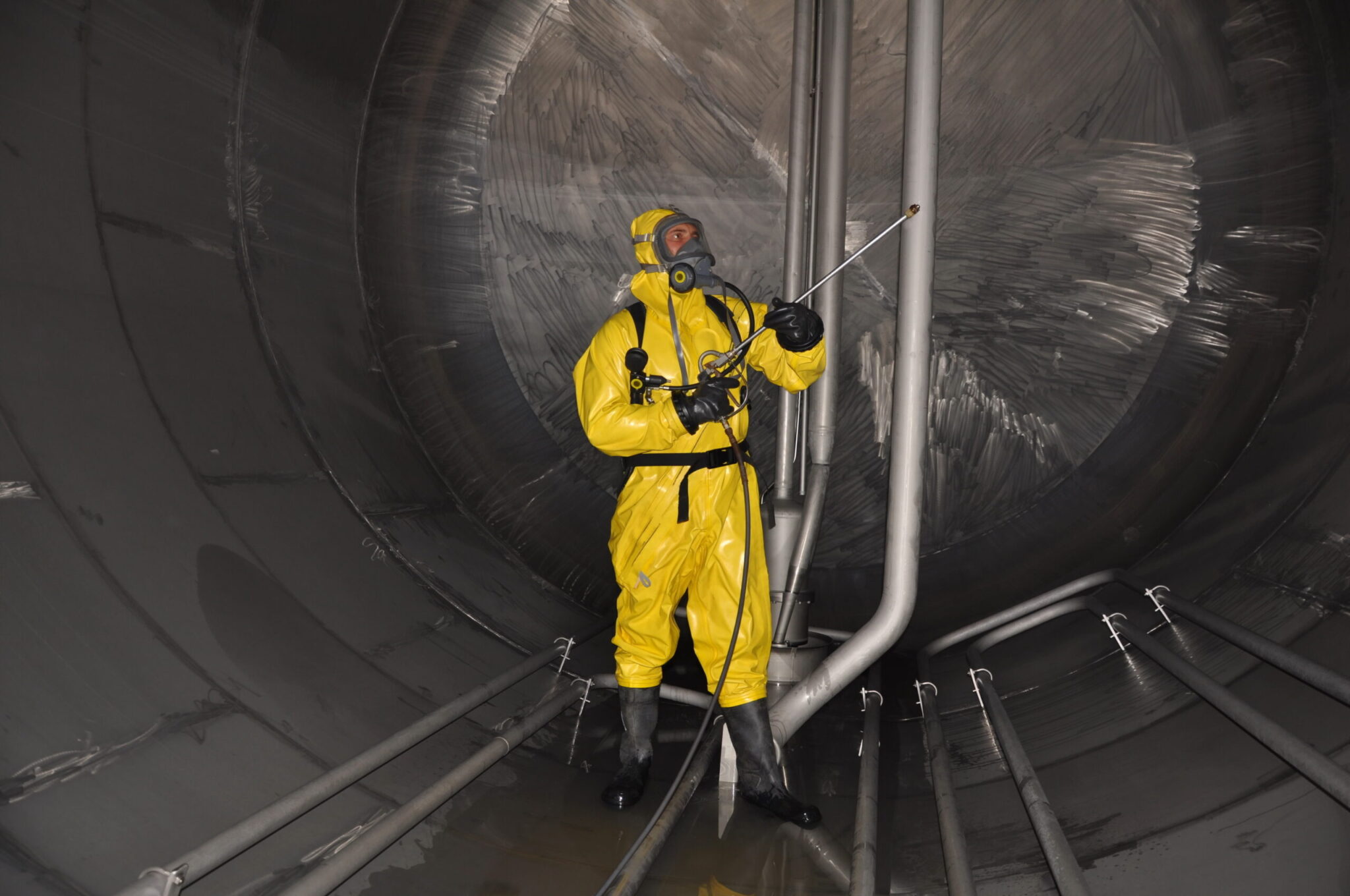
It’s not a good idea to use compressed air from your air compressor system for breathing equipment like hoods and masks.
Myth No. 3. Compressed Air Can Be Hooked Up to Breathing Apparatus
We have seen too many companies use their compressed air in breathing equipment. That’s a bad idea. Here’s why: intake air can include environmental contaminants and pollutants like carbon monoxide, which are then concentrated during the compression process. That’s a bad mix.
As a result, we encourage companies to ensure proper airflow and ventilation in all workplaces. And we always tell our customers not to use compressed air from their air compressor system without the proper purification equipment for breathing equipment like hoods and masks. It’s also important to tell your people not to use compressed air to clean clothing or skin.
Myth No. 4. Aftermarket Parts Are Just as Good as OEM Parts, And They’re Cheaper
Like most equipment manufacturers, we’re always taking advantage of the latest materials and technologies to enhance the performance of our products. The same is true of our parts.
Our compressors and parts have been engineered as an integrated system, with all the elements working together to optimize performance and productivity. Even the slightest variations could reduce life expectancy, reliability, energy consumption and air quality.
Almost all compressor manufacturers, including Kaishan, require that you use their original OEM parts to maintain your warranty eligibility and ensure that your air compressor system achieves the expected performance level. And safety.

A busy HVAC equipment room, crowded with chillers and boilers, would not be a good location to install an air compressor because of the heat those machines generate.
Myth No. 5. It’s a Good Idea to Put Air Compressors in the Equipment Room with HVAC Equipment
Keeping air compressors and HVAC equipment together might seem like a good idea. It’s called an “equipment room,” right?
But the temperature variations will have a negative impact on compressor performance. And moisture can condense out of heated air, allowing growth of mold and other microorganisms.
That’s why we always recommend having air compressors and HVAC equipment in separate enclosures.
Myth No. 6. You Need Oil-Free Compressed Air for All Your Food and Beverage Applications
Advocates often pressure food and beverage companies to use oil-free compressors. They claim that oil-free models provide better air quality and are required by FDA regulations.
But that’s overkill, as far as we are concerned. Not all food and beverage applications need oil-free air. The key word here is “all.”
Yes, your compressed air needs to be oil-free anywhere it comes in direct contact with food (as opposed to incidental contact like packaging and material handling). That’s in the regulations, and we have no quarrel with that.
But using an oil-free compressor is no guarantee that the air itself will not contain oil, which can enter the compressor in a number of ways, especially in the intake air. So even oil-free compressors need to have cleanup equipment to remove oil. And, as mentioned, there are many other incidental contact applications, from packaging to material handling, where compressed air is the best power source. Use of food-grade lubricants eliminates hazards to end-use products.
Myth No. 7. I Need a Screw Compressor
It may seem odd for a screw compressor manufacturer to tell a customer they don’t need a screw compressor. But there are occasions when another technology would be a better fit. The prime example is a small automotive shop where a reciprocating compressor would be a more cost-effective choice because of the low initial cost. However, we often find that the customers ask for screw compressors because their existing recips are too noisy.
And at the other end of the spectrum, there are some situations requiring so much capacity that a centrifugal air compressor is the most cost-effective choice.
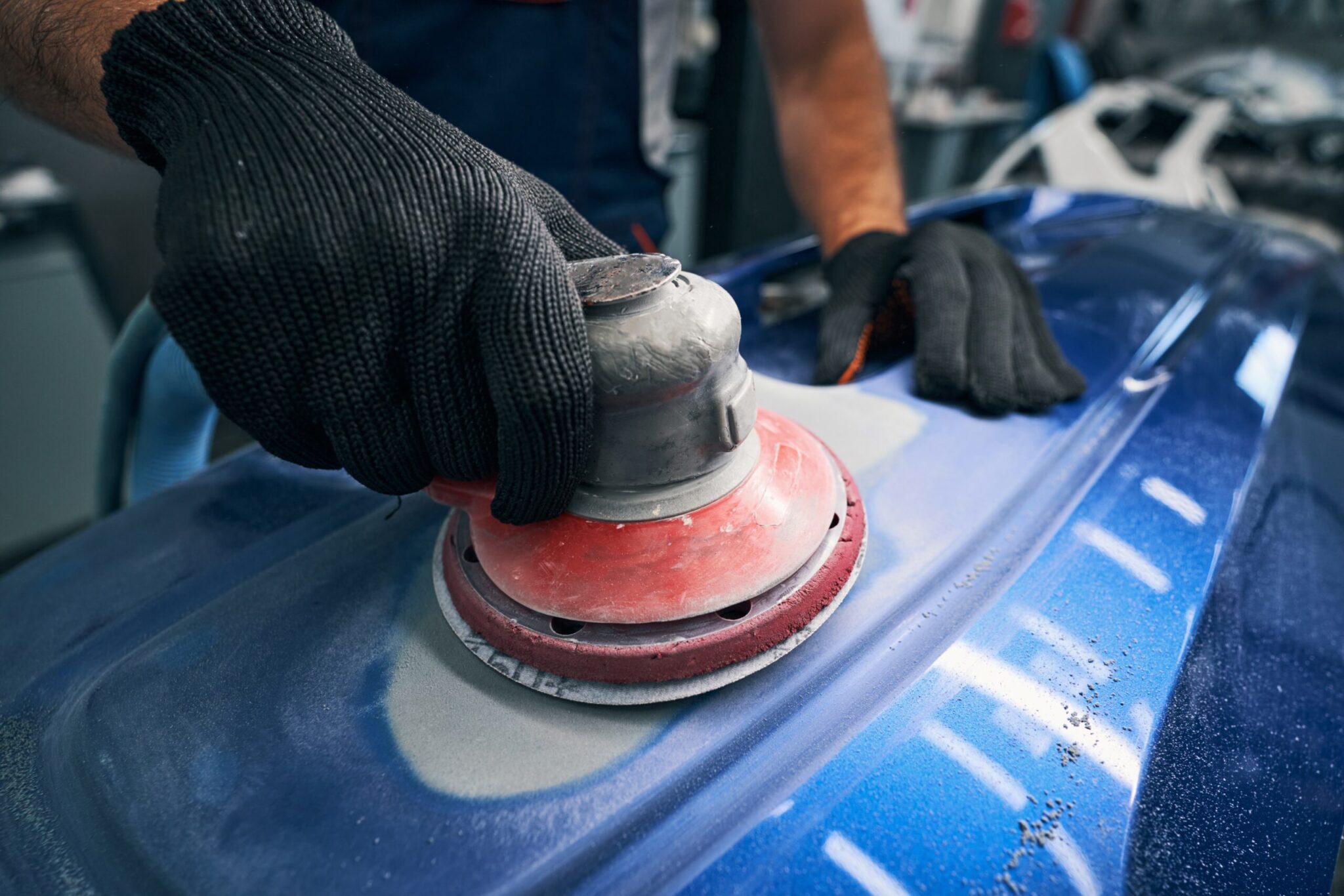
A small automotive shop may not be the best candidate for a screw compressor. But it will be a popular choice because of the noise made by small reciprocating compressors, which are generally recommended for companies with limited needs.
Myth No. 8. If You Need More Pressure at the Most Distant Applications in Your System, the Best Idea Is to Boost the Pressure
The inverse relationship between pressure (PSIG) and flow (CFM) often leads us to confusing discussions with our customers.
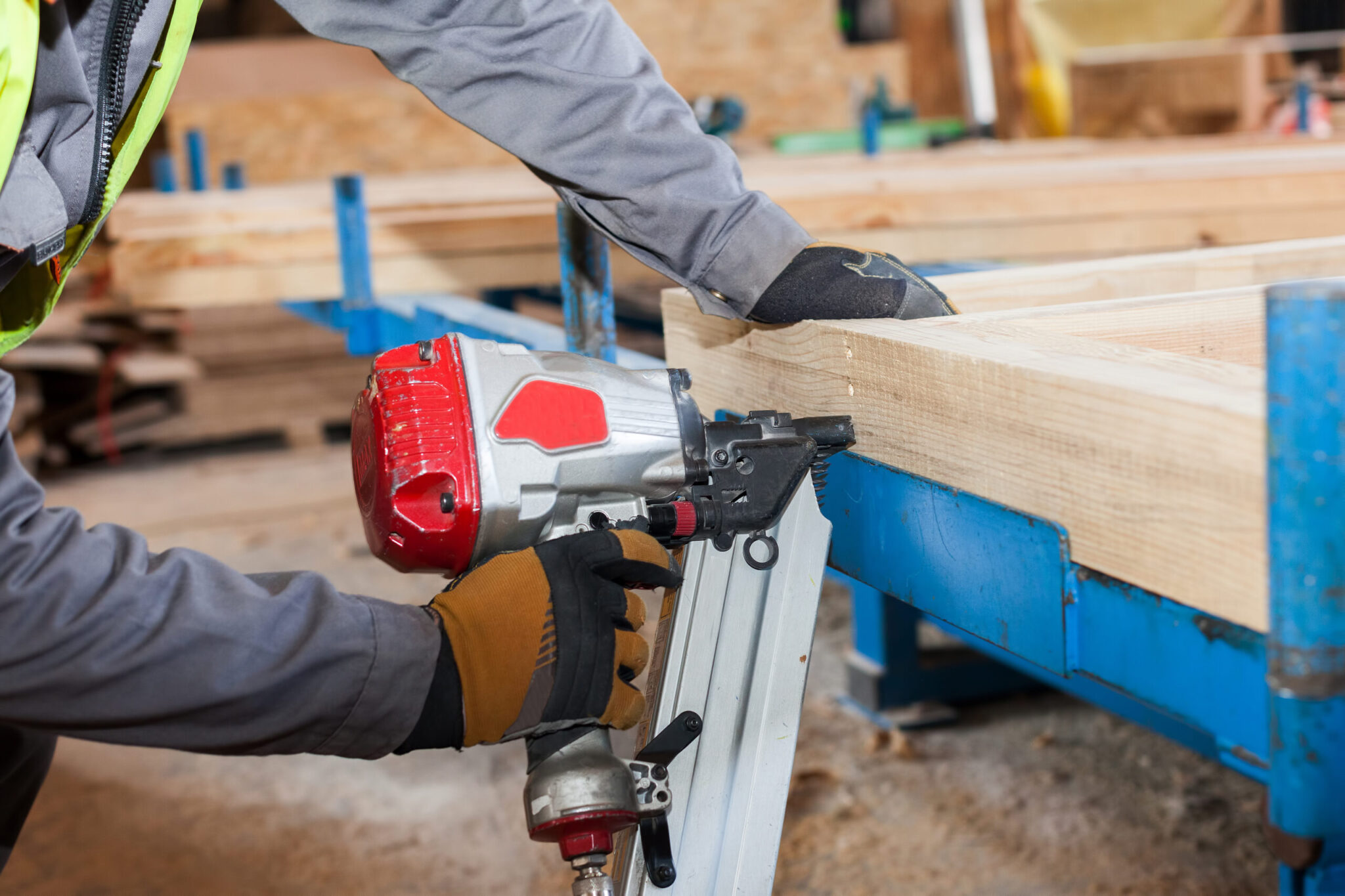
If you’re not getting the pressure you need at a remote application like a framing mailer, you probably can’t solve the problem by boosting the pressure output from your air compressor.
They tell us they’re not getting enough pressure at one of their critical applications like a disc sander, framing nailer or tire inflater. So they bump up the pressure at their compressor. And it doesn’t work. Pressure actually drops. How can that be?
The answer is that most air compressors are designed to deliver a fixed amount of output, usually expressed as a set flow number (e.g., 100 CFM) at a set pressure (e.g., 100 PSIG). The two are inversely related, however—when you increase the pressure, you decrease the flow. And vice versa.
Suppose you’re at 100 PSIG and bump it up to 120, hoping to get some extra pressure out in your system. Unfortunately, that inverse relationship between pressure and flow results in less flow.
Plus, all those tiny leaks throughout your compressed air system are under more pressure. So they begin to leak even more air, reducing both flow and pressure. That’s called “artificial demand,” with higher pressure causing more CFM to flow through the same-sized leak. So rather than fixing the problem, your "solution" just made things worse, delivering less air volume at the end of the line. And probably lower pressure.
It may seem counterintuitive, but the best way to get more pressure at the end of the line is to lower the pressure at the air compressor. That will boost the CFM and deliver more airflow to the tool at the desired pressure.
We also encourage looping the main header to keep pressure balanced in the system. If a process is not getting enough air, it's usually the process at the end of a straight run where the problem is occurring. Looping makes the compressed air system bidirectional, providing additional flow. That’s important if there's a specific process that uses a lot of CFM that would bring down the pressure in a straight pipe run.
And, when you have time, you’ll want to fix those leaks. For more information on fixing links, see our blog post, “How to Find and Stop Air Leaks.”
Local Help
Kaishan USA works with a nationwide network of independent distributors, who can provide on-site help and consultation as needed. These factory-trained air compression experts have an investment in their local communities and can service your air compressor system without a problem. And they have staff members who are skilled in using leak-detection technology on a daily basis.
Key Takeaways
-
- Pressure and flow. You do have to pay attention to pressure (PSIG). But flow (CFM) is just as important.
- Variable speed drive. Variable speed drives (VSDs) are helpful at partial loads, but are sensitive to heat, dust and dirt. We’ve found that rotary screw air compressors will deliver the partial-load performance many customers need without the added expense of a VSD.
- Compressed air safety. Don’t attach compressed air to breathing equipment like hoods and masks. And don’t use it to clean clothing or human skin.
- Replacement parts. Keep your air compressor at maximum performance and maintain your warranty eligibility by only using OEM parts.
- Separate enclosures. Do not put HVAC equipment and air compressors together in an “equipment room.” Instead, keep them away from each other in separate enclosures.
- Oil-free compressed air. Many applications in food processing plants and breweries do not need oil-free compressors. They are only required where there is direct contact with food.
- Best choice. Rotary screw machines are the compressors of choice in most applications. But not all. Exceptions include applications where low initial cost is important.
- Boosting pressure. When you need more pressure in your system, dial up the output at your compressor may not be the best idea. Instead, it may make sense to lower it.
Let Us Help
There are a lot of myths surrounding air compressors and compressed air systems. But your rotary screw air compressor is critical to the operation of your compressed air system and all the processes that rely on that system. So you don’t want to let misleading or inaccurate information result in poor performance, downtime or safety issues. If you have questions about some of the myths or questionable information you hear about your air compressor system, go to the best information source. Get in touch with the experts at Kaishan. Contact us today.
Random stat or
customer quote
textXXtext
text
Over the years, we have found that certain false assumptions about compressors and compressed air systems persist and grow even stronger.

